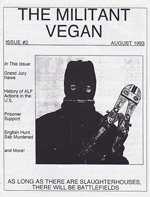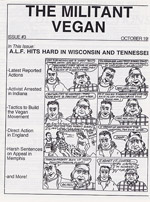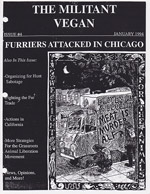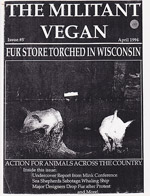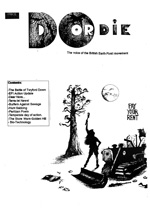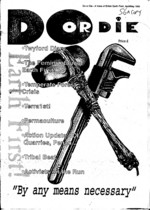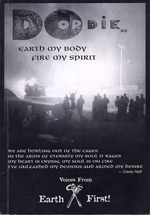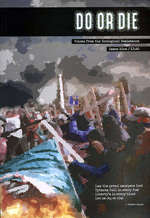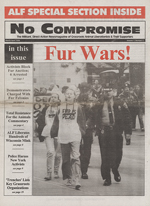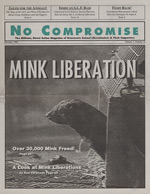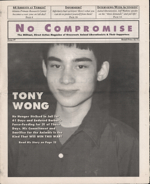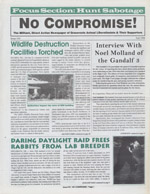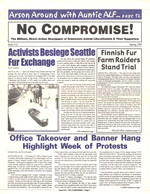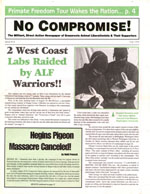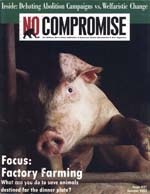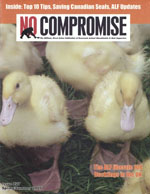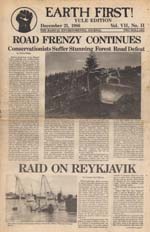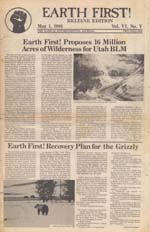For the lucky few who could obtain copies, MV brought news of groups like Student Environmental Action League, Coalition to Abolish the Fur Trade, and Animal Defense League into their homes when glossy magazines like Animal’s Agenda did not- and before No Compromise filled that void. After a sharp dip in the number of underground actions in the earlier part of the 90s, Militant Vegan was a good source of information on the new trend towards smaller scale economic sabotage. It remains one of the only insider perspectives from that period of underground and radical grassroots animal liberation activism.
That isn’t to say that it doesn’t have it’s flaws. Despite a brief denunciation of sexism and homophobia and vaguely anti-racist sentiments, the politics of this zine could have used some improving as anyone seeing the n-word on the cover of issue 3 could tell you. Theatrical, tough-guy imagery is often conflated with actual militancy, and the overall tone, aesthetic, and ideology was never likely to sway outsiders or grow a direct action movement for non-humans.


